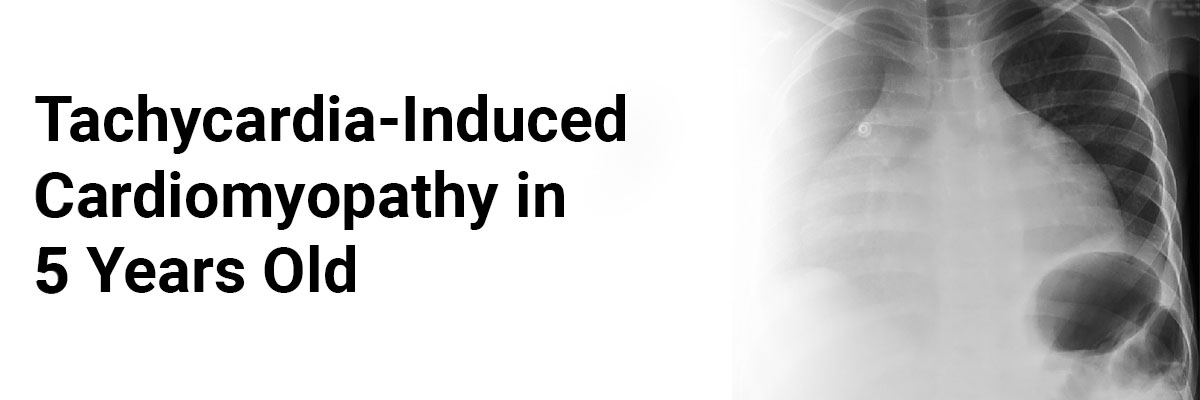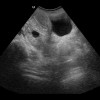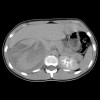
 IJCP Editorial Team
IJCP Editorial Team
Tachycardia-Induced Cardiomyopathy in 5 years old
A report describes a case of a 5-year-old boy who presented with palpitation and dyspnea. His symptoms were reported to start after an upper respiratory infection 3 months before admission. He received antibiotics, but his symptoms continued and progressed.
On initial physical examination, he was not found to be cyanotic but seemed fairly pale. Tachycardia (heart rate = 170) and respiratory distress were also noted.
- Cardiac examination revealed normal S1 and S2; with a grade II-III/VI systolic murmur in the lower sternal border being auscultated. The lungs were clear.
- Abdominal exam revealed the abdomen to be soft with no guarding and tenderness. No hepatomegaly and no splenomegaly were noted.
- Laboratory data showed: white blood cells = 4500/ml; creatine phosphokinase = 88 µ/l; hemoglobin = 11/9 g/l; lactate dehydrogenase = 578 µ/l; platelet = 254,000/μl; Ca = 10/4 mg/dl; Mg = 2/5 mg/dl; normal erythrocyte sedimentation rate; negative C-reactive protein; normal Electrolytes were values.
- Chest X-ray showed cardiomegaly with normal pulmonary blood flow. Electrocardiogram revealed atrial tachycardia, normal axis, normal QRS, and QT interval duration. Transthoracic echocardiography displayed DCMP, dilated left atrium and LV, and significantly decreased LV ejection fraction (LVEF) at 22-30%. No family history of cardiac disease or sudden death was preset.
He did not show remarkable response to conventional treatment (digoxin, captopril, and L-carnitine) for DCMP. Tachycardia was guided as congestive heart failure. Thus, carvedilol was added to the previous treatment for 1 month, but it was ineffective. For more evaluation of tachycardia, Holter monitoring was performed, which showed atrial tachycardia with a mean heart rate of 189 beats/min. he was then treated with flecainide for 3 months, following which his signs and symptoms improved and ejection fraction increased (LVEF = 57%). Also, no side effects were reported.
Source: Ahmadi A, Zolfi-Gol A, Arasteh M. Tachycardia-induced cardiomyopathy. ARYA Atheroscler. 2014 May;10(3):175-8. PMID: 25161690; PMCID: PMC4144378.

IJCP Editorial Team
Comprising seasoned professionals and experts from the medical field, the IJCP editorial team is dedicated to delivering timely and accurate content and thriving to provide attention-grabbing information for the readers. What sets them apart are their diverse expertise, spanning academia, research, and clinical practice, and their dedication to upholding the highest standards of quality and integrity. With a wealth of experience and a commitment to excellence, the IJCP editorial team strives to provide valuable perspectives, the latest trends, and in-depth analyses across various medical domains, all in a way that keeps you interested and engaged.




















Please login to comment on this article